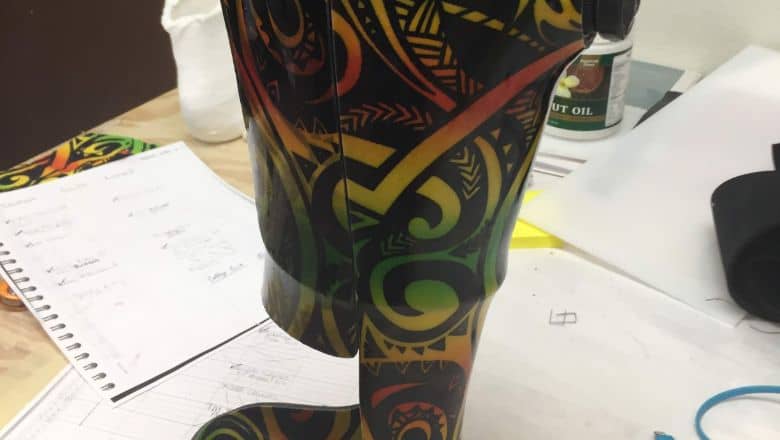Leg, ankle, and foot problems can be unique in their life impact. The slightest pain or lack of support in the lower body can potentially impact mobility. Not being able to walk or run may mean you can’t earn a living, perform everyday tasks comfortably, or enjoy life to the fullest. Surgery can be an option, but fortunately, Ankle Foot Orthotic (AFO) devices can also provide assistance without all the risks.
In the Las Vegas area, Evolve Prosthetics & Orthotics can offer the tools you need to get back to life. Here are a few things to know when choosing ankle-foot orthosis types.
AFO Types – Things To Consider
- What kind of material will work for you?
- What position of support do you need?
- Will you need custom or off-the-shelf AFOs?
- How much ankle flexibility do you need?
Materials To Consider: Plastic Vs Carbon Fiber
One of the first decisions to make regards the kind of material to use in molding your ankle-foot brace. Generally speaking, most AFO devices are made using either carbon fiber or plastic. Each option has a number of advantages and disadvantages, so understanding the choice is important.
Economical Plastic AFOs
First, plastic AFO supports are generally cheaper to purchase, but they don’t last as long. Because of these factors, they are often the first choice for temporary conditions. Plastic is also easier to remold and is generally more flexible. Because the material can bend a little, it is less likely to produce potentially dangerous points of pressure.
Long-Lasting, Strong Carbon Fiber
Carbon fiber, on the other hand, can be made stronger and with energy return. This can be a great option for patients that need more support than plastic can provide.
Position Of Support
AFO devices can also vary according to where they are designed to provide the most support.
- Some varieties include strong shin support draped across the front of the device. This can provide shock absorption or use the shin as an anchor.
- Other AFO devices may provide ankle stabilization support by focusing the strongest support at the joint where the leg meets the foot.
- Back of the leg dynamic AFO devices are designed to allow a limited range of foot motion. Toes can generally move down toward the floor, or up toward the shin. However, they usually include some hinge stops to control the range.
- Posterior Leaf Spring devices are designed specifically to keep the foot from swiveling up and down. This is a great option for those seeking AFO for foot drop issues.
Custom Vs Off The Shelf
Another factor to consider when choosing AFO ankle-foot orthoses is getting them custom-made or buying them off the shelf. Simply put, off-the-shelf versions are usually cheaper and much faster purchases. With luck, it is possible to find a ready-made device that can be strapped into place in minutes.
On the other hand, custom-made devices are more expensive because they also include a fitting process and are made specifically for your unique ankle and foot and with your lifestyle in mind.
Also, people with foot, ankle, or leg sizes that are smaller or larger than normal may need a custom fitting to find a comfortable device.
Ankle Flexibility Options
One final thing to consider is the allowed range of ankle motion. Hinged AFO braces are designed to provide a limited range of motion, which can sometimes make it easier to walk for certain conditions. However, more rigid AFOs are often the choice for those with conditions that may cause drop foot.
Custom AFOs In Las Vegas & Henderson
Evolve Prosthetics & Orthotics can help you to decide the best AFO types and options for your body and circumstances. Why wait another day of compromised mobility? Contact us today for an appointment in the Las Vegas, Nevada area.




